Chosen Theme: Green Certifications in Interior Design
This edition’s chosen theme is “Green Certifications in Interior Design.” We’ll explore how credible standards transform spaces into healthier, lower-impact interiors, with practical steps, stories, and resources you can apply today. Join the conversation, subscribe for future deep dives, and tell us which certification question you want answered next.
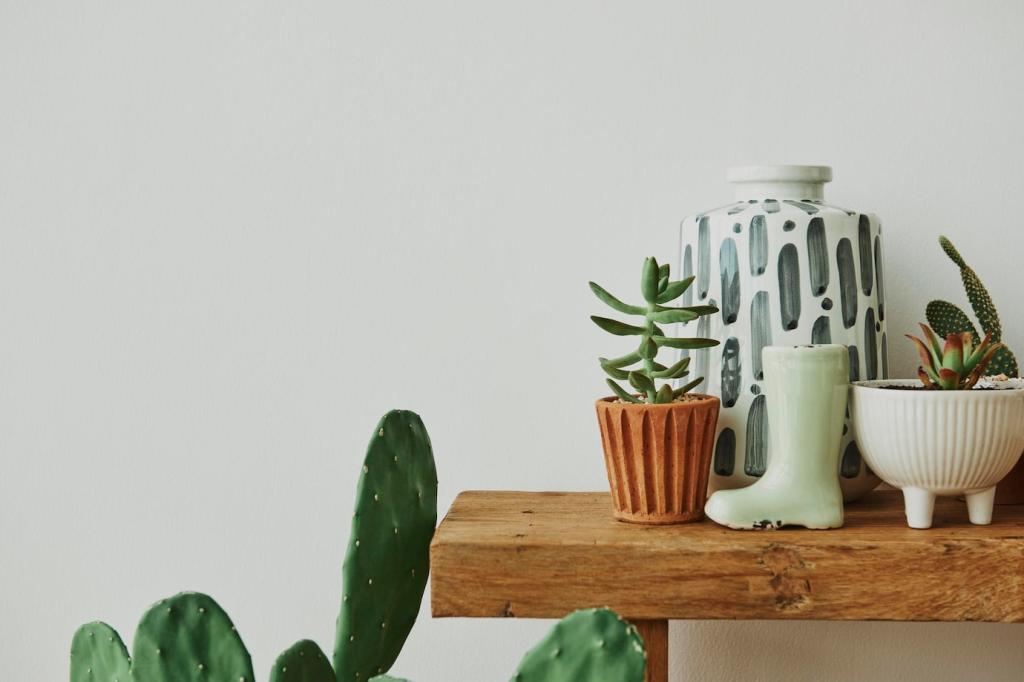
Certifications turn sustainability from a vague promise into clear criteria, linking healthier materials, efficient systems, and measured outcomes to market value. Clients notice fewer headaches, improved productivity, and genuine performance claims backed by transparent documentation, not just marketing.
What Green Certifications Mean for Interiors
Standards translate ambition into checklists that influence paint selections, flooring adhesives, acoustics, lighting, and even cleaning protocols. By aligning design intent with measurable requirements, teams avoid guesswork, prioritize human health, and track progress from concept to post-occupancy.
What Green Certifications Mean for Interiors
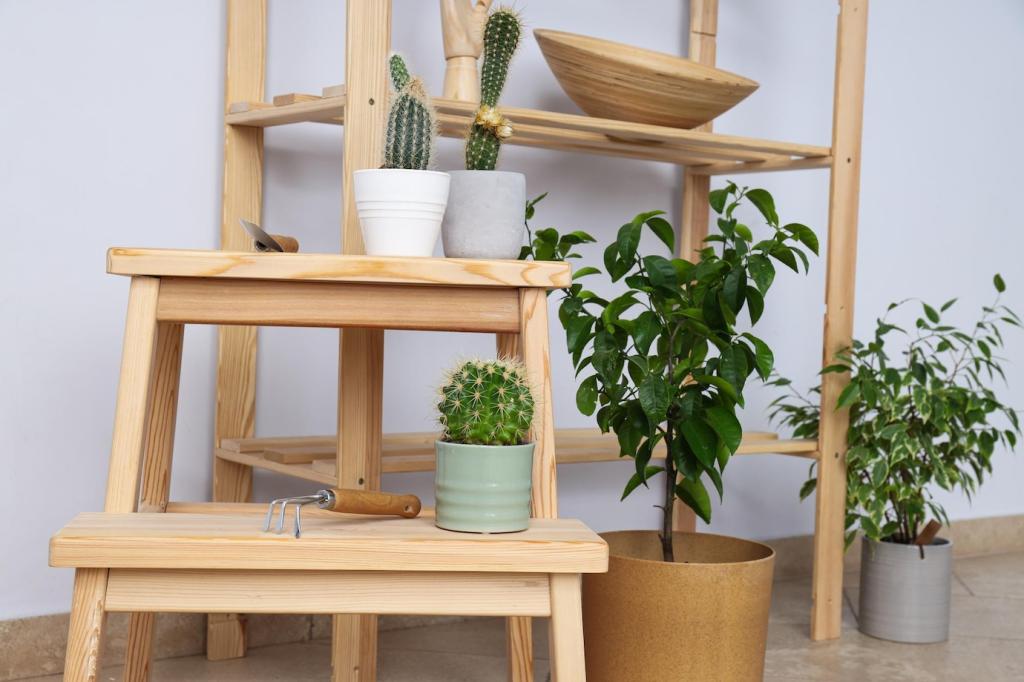
Understanding VOC and emissions labels
Look for GREENGUARD Gold and low-VOC certifications for paints, sealants, flooring, and furniture. Lower emissions reduce headaches and odors, helping projects meet LEED and WELL thresholds while creating interiors where families, teams, and visitors actually enjoy lingering longer.
Cradle to Cradle, EPDs, and HPDs
Cradle to Cradle highlights material health and circular design, while Environmental Product Declarations quantify impacts and Health Product Declarations reveal ingredients. Together, they enable honest comparisons, spotlight safer chemistry, and steer purchases away from hidden risks or incomplete claims.
FSC, recycled content, and responsible sourcing
Forest Stewardship Council wood supports responsible forestry, while recycled and rapidly renewable content reduces extraction pressures. Combine chain-of-custody documentation with manufacturer transparency to satisfy credits, cut embodied impacts, and tell a credible, inspiring story about stewardship inside every room.

Indoor Air Quality: The Everyday Metric
Low-VOC finishes that actually perform
Specify paints, adhesives, sealants, and flooring with proven emissions data, not just marketing claims. Prioritize installation sequencing and adequate flush-outs to protect tradespeople and occupants. Ask for third-party certificates to ensure promised air quality truly reaches the lived experience.
Ventilation, filtration, and maintenance
Pair design with operations: right-sized ventilation, MERV-rated filtration, and maintenance plans keep clean air consistent. WELL encourages routine monitoring and policies, while LEED promotes source control and construction IAQ management to lock in quality from build through everyday use.
Post-occupancy testing and stories
Air testing validates effort and reassures stakeholders. Share results in dashboards or welcome guides, celebrating reduced particulates and VOCs. Invite occupants to comment on comfort, odors, and clarity. Their voices transform abstract metrics into meaningful, relatable health narratives.
Lighting, Energy, and Comfort in Certified Interiors
LED specs with measurable gains
High-efficacy LEDs, quality drivers, and controls reduce energy while enhancing visual comfort. Aim for appropriate color rendering and flicker-free performance. Certification credits often pair efficiency with glare control, ensuring sustainable choices genuinely support focus, mood, and productivity.
Daylight access without the glare
Use light shelves, sheer layers, and careful workstation placement to welcome daylight while mitigating glare. WELL encourages circadian-supportive strategies, and LEED values daylight autonomy. Ask teams to share photos and feedback, turning metrics into daily moments of visual delight.
Thermal and acoustic comfort together
Smart zoning, low‑VOC insulation, and acoustic absorption align health and focus. Certifications reward balanced temperature, reduced noise, and responsive controls. Encourage occupants to fine-tune settings and report comfort, creating a feedback loop that keeps performance honest and humane.
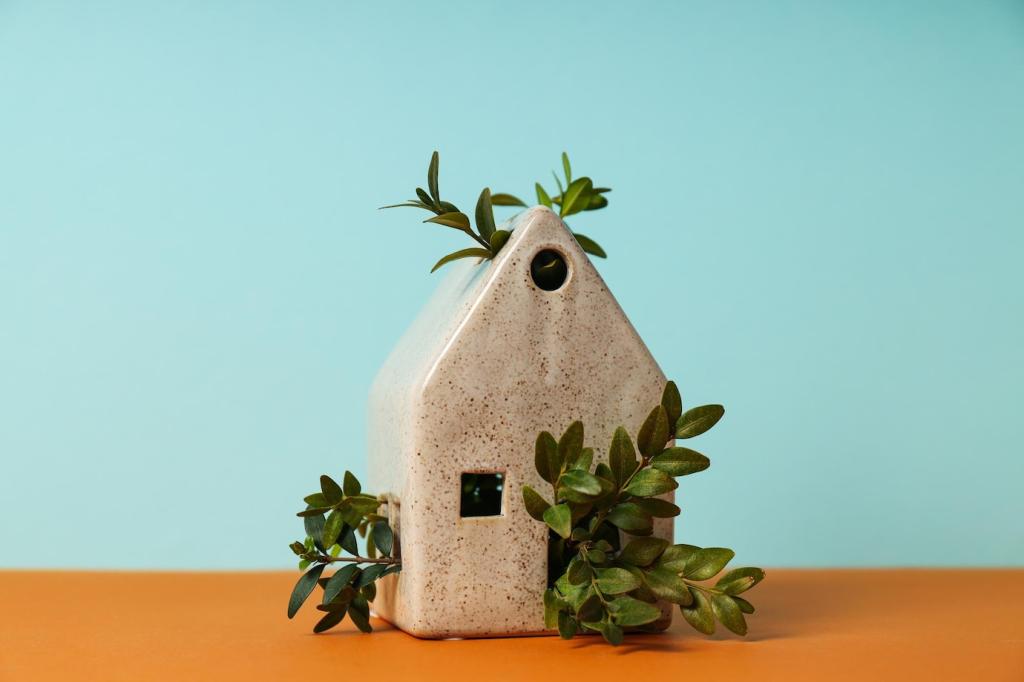
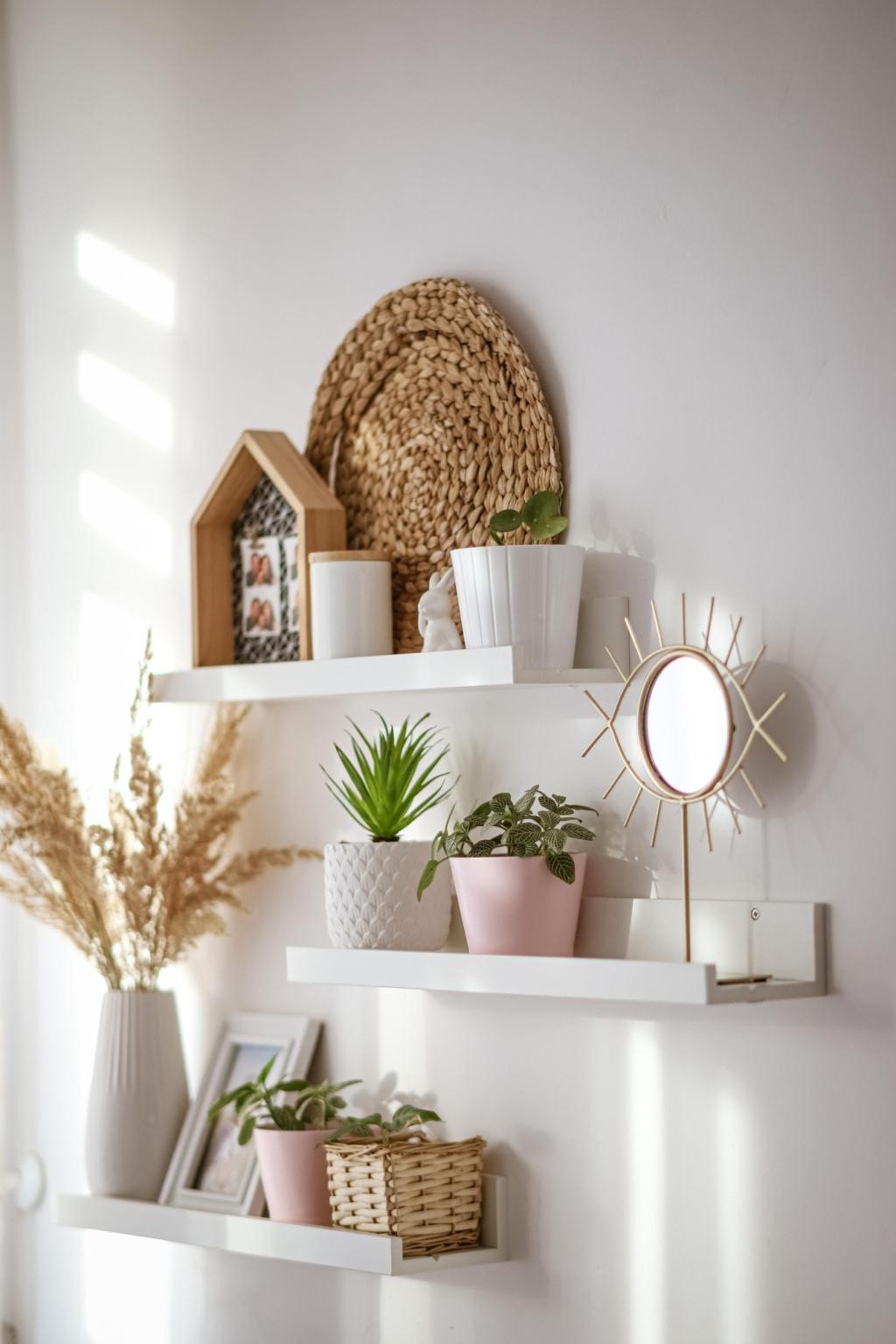
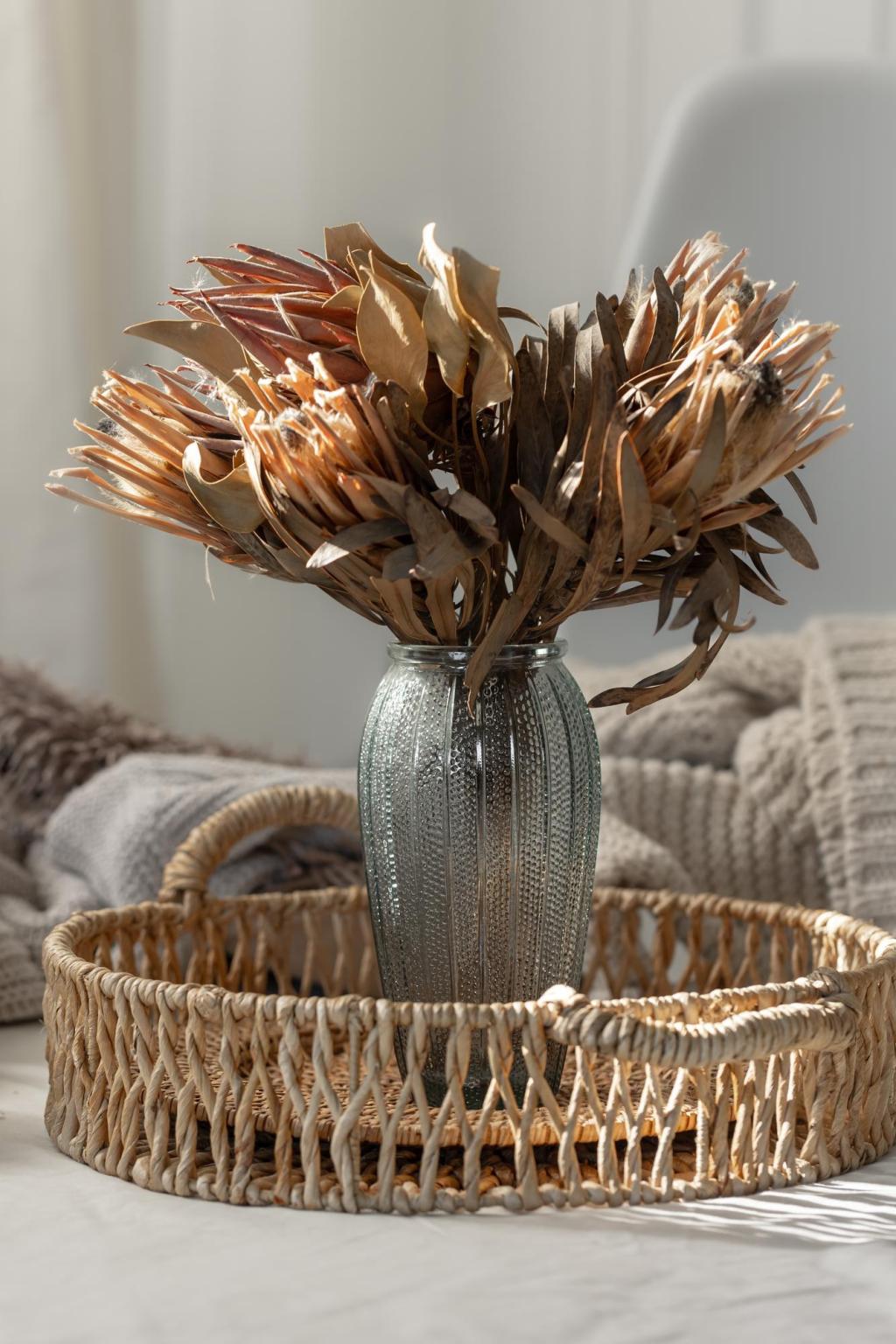
Claims to question politely
Push back on “eco-friendly” labels without context. Ask for VOC emission reports, ingredient disclosures, and verifiable recycled content. When suppliers respond clearly, reward them with repeat business, and share trustworthy finds with our community in the comments for collective progress.
Data you can trust
Favor third-party certifications, peer-reviewed declarations, and test reports with stated methods. Track version numbers and dates to avoid outdated documents. This diligence strengthens submittals, speeds reviews, and helps clients feel confident that sustainable choices deliver real, repeatable performance.
Transparent conversations with clients
Be upfront about trade-offs, budgets, and timelines. Frame constraints as design opportunities and define non-negotiables around health. Clients respect honesty, and certifications validate promises. Invite them to subscribe for progress updates and celebrate milestones together as evidence accumulates.
Measuring Impact and Continuous Improvement
Track embodied carbon and circularity
Select products with EPDs, reuse furniture where possible, and design for disassembly. Document carbon hot spots and address them in future phases. Sharing these insights turns one certified project into a blueprint that steadily lowers impacts across your entire portfolio.
Learning loops after occupancy
Collect IAQ data, comfort surveys, and energy use trends. Compare results to targets set during certification. Celebrate wins, address gaps, and update standard specifications. Invite readers to comment with tools they love, helping everyone refine interior strategies that truly endure.
Share your journey and inspire others
Publish before‑and‑after stories, link to your materials list, and credit manufacturers who showed transparency. Your narrative helps peers avoid pitfalls and persuades leaders to invest. Subscribe for monthly case studies and add your project highlights to our growing community showcase.
